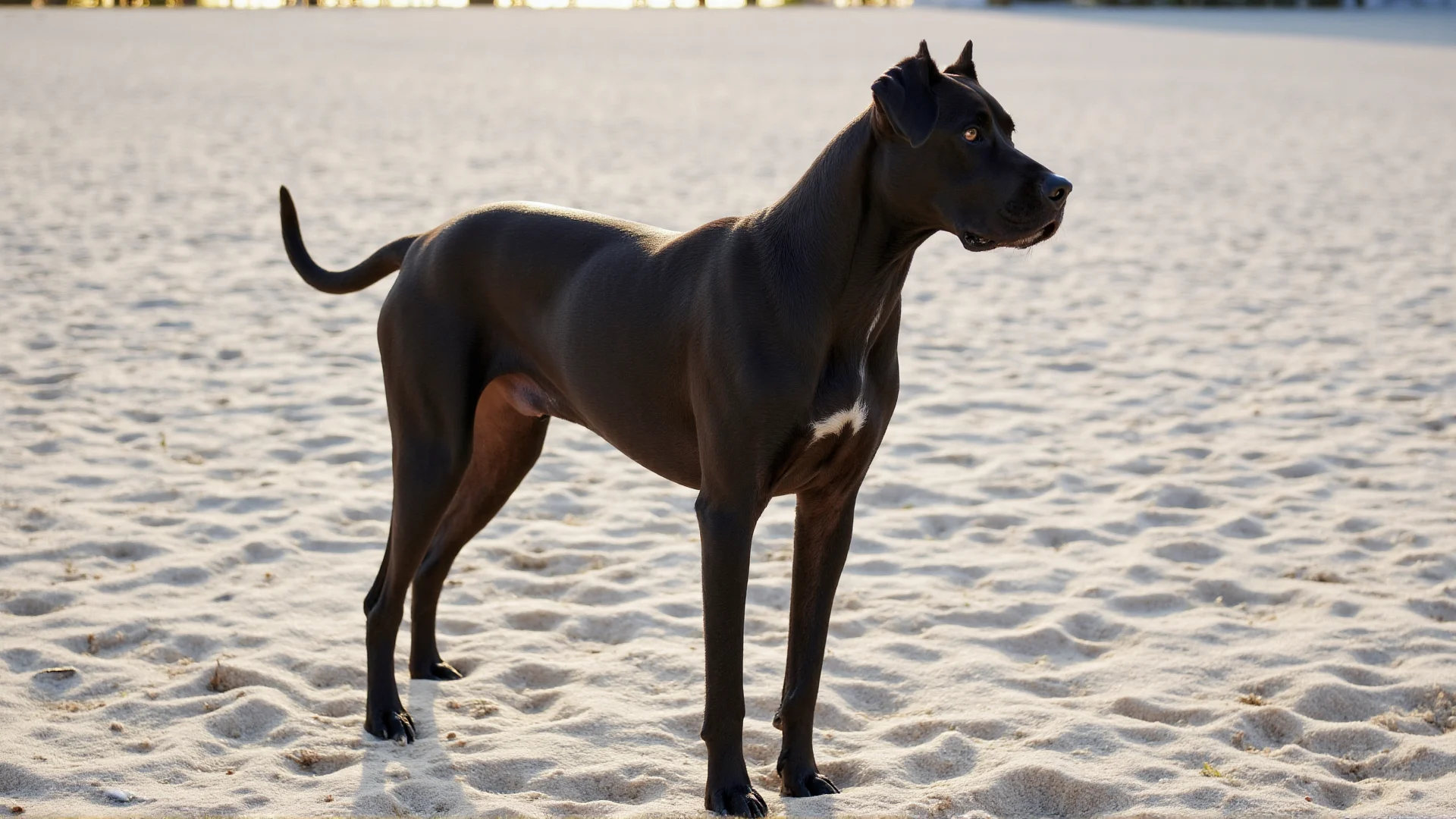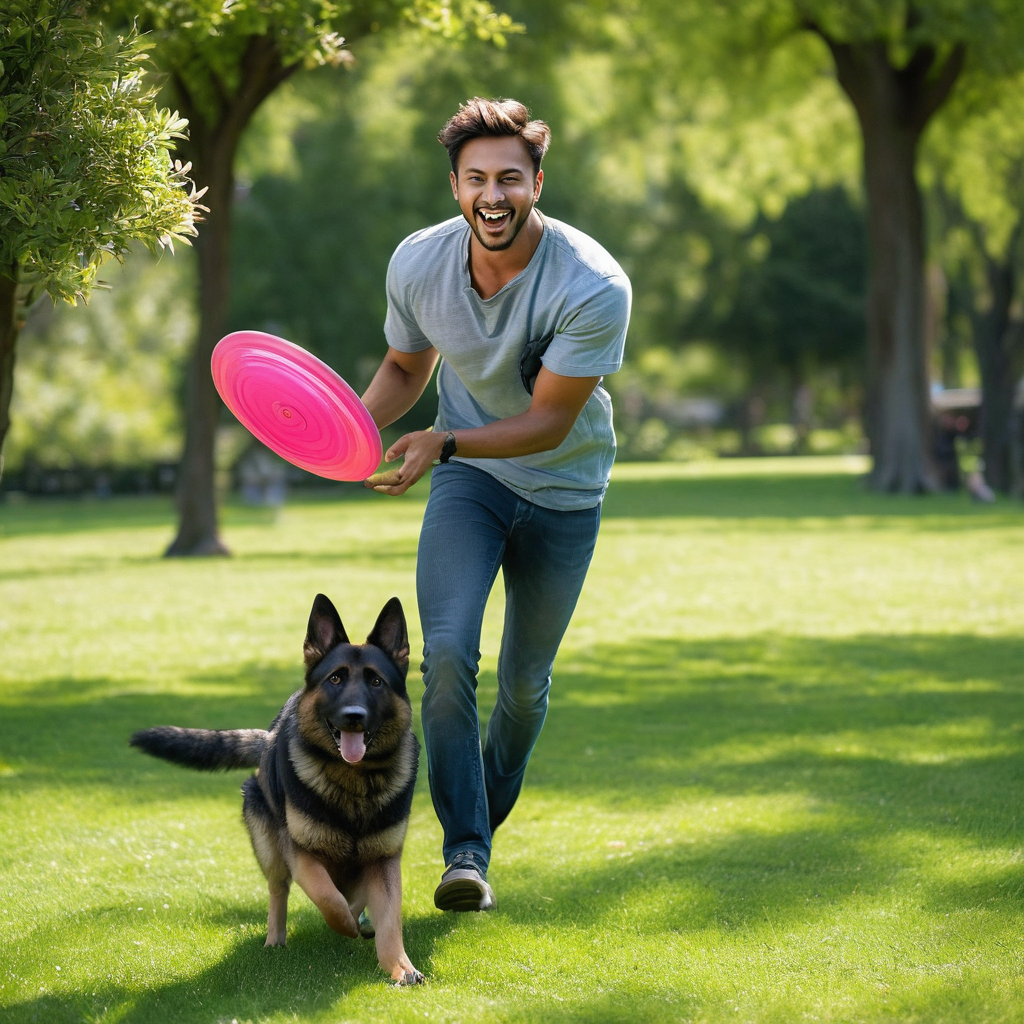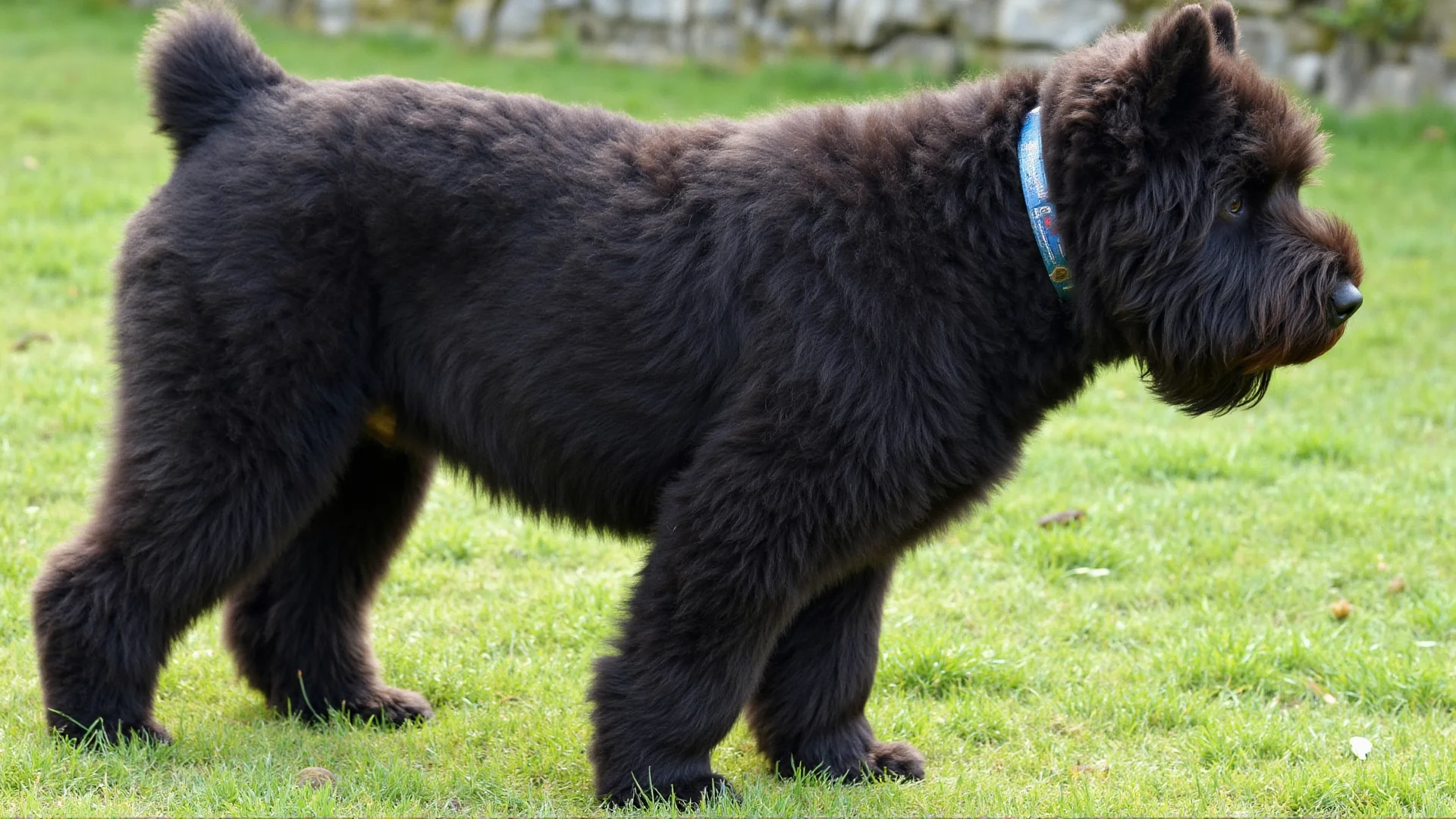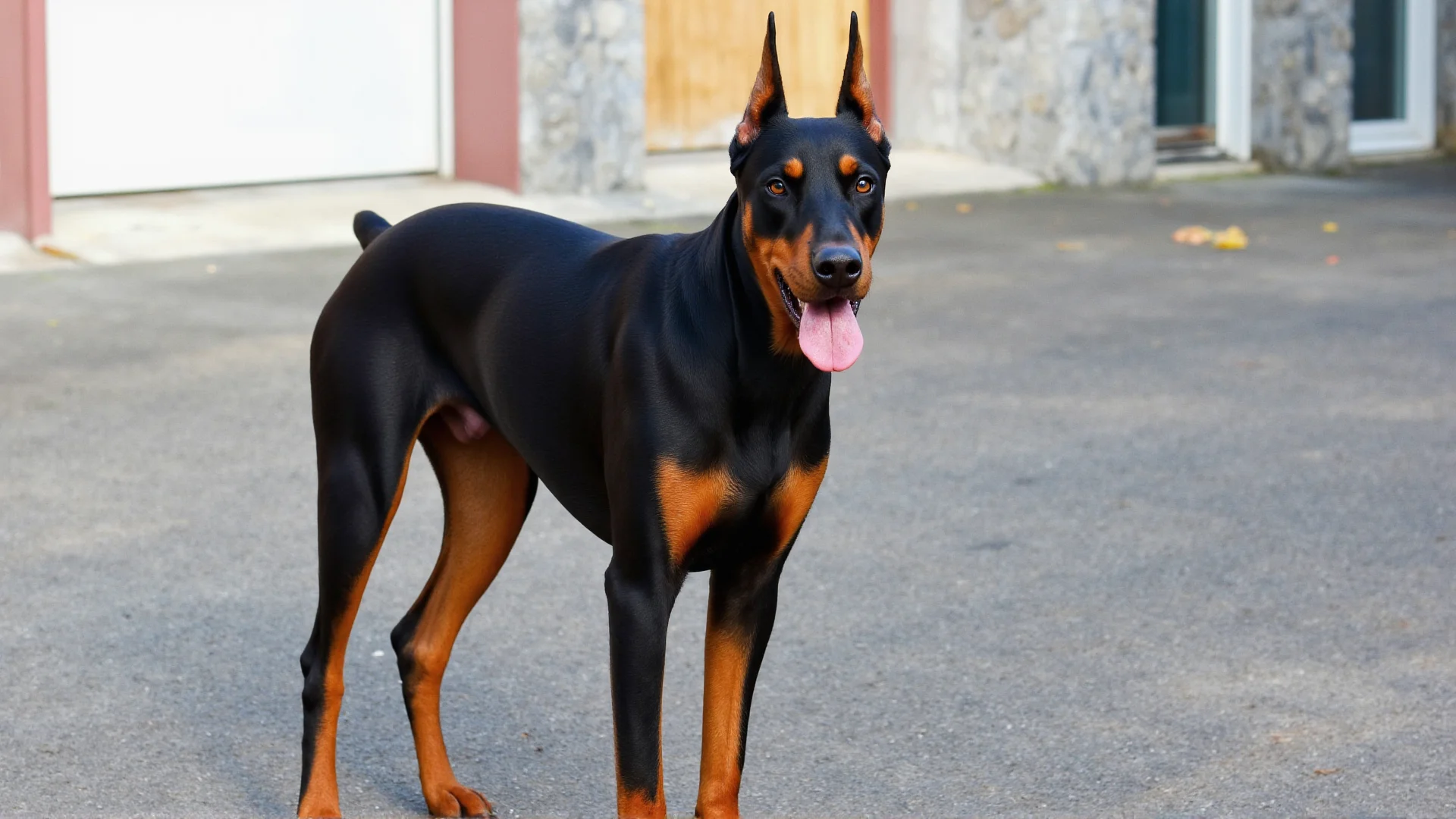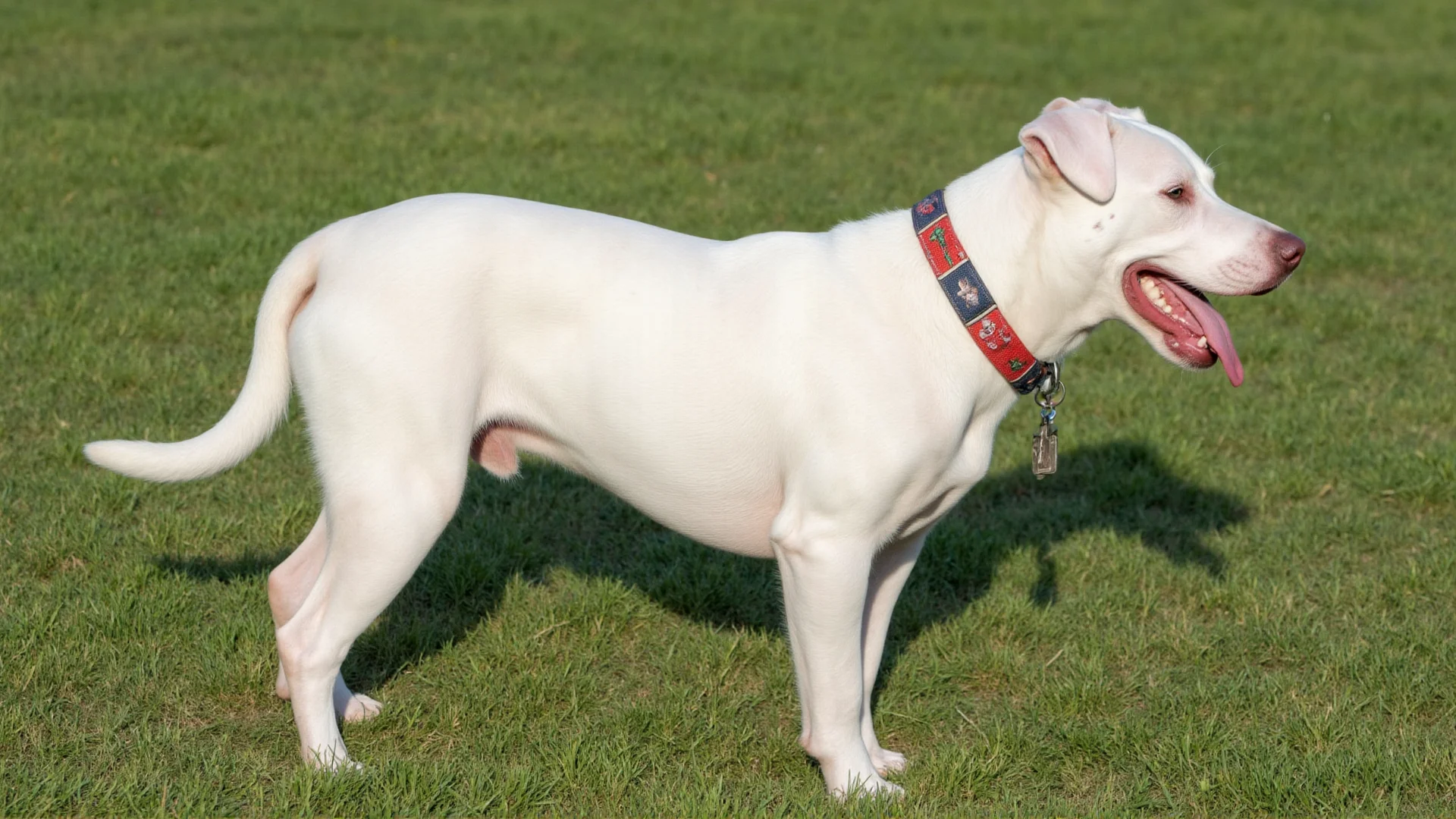Great Dane: The Ultimate Guide to Raising the Perfect Family Guardian
When most people think of family guardian dogs, they might picture aggressive breeds with intimidating reputations. However, the Great Dane proves that the best protectors often come in the most unexpected packages. These gentle giants combine an imposing physical presence with a naturally protective instinct and deep family loyalty, making them exceptional guardians for families of all sizes.
Why Great Danes Excel as Family Guardians
Natural Protective Instincts
Great Danes were originally bred in Germany for hunting wild boar and protecting estates, which means guardian instincts are deeply embedded in their DNA. Unlike aggressive guard dogs, Great Danes rely on their imposing size and deep, booming bark to deter potential threats. Their natural tendency is to position themselves between their family and perceived danger, using their massive frame as a living shield.
Perfect Balance of Gentle and Protective
What sets Great Danes apart from other guardian breeds is their ability to distinguish between real threats and everyday situations. They're incredibly gentle with children, earning them the nickname "gentle giants," yet they remain vigilant and ready to protect when necessary. This balanced temperament makes them ideal for families who want protection without aggression.
Size Advantage
Standing up to 32 inches tall and weighing between 110-175 pounds, a Great Dane's mere presence is often enough to discourage unwanted visitors. Their size allows them to be effective deterrents without needing extensive protection training, making them naturally suited for families who want a guardian dog without the complications of managing aggressive behavior.
Training Your Great Dane for Family Protection
Start with Basic Obedience
Before any protection training, your Great Dane must master basic commands. Focus on "sit," "stay," "come," and "down." These commands form the foundation for more advanced training and ensure you maintain control over your powerful companion. Given their size, a well-trained Great Dane is essential for family safety.
Socialization is Critical
Proper socialization helps your Great Dane distinguish between normal visitors and potential threats. Expose them to various people, situations, and environments from an early age. This training helps them remain calm during normal social interactions while staying alert to genuine concerns.
Teach the "Quiet" Command
While you want your Great Dane to alert you to visitors, excessive barking can become problematic. Train them to bark on command and, more importantly, to stop barking when told. This ensures they can fulfill their guardian role without disturbing neighbors or becoming a nuisance.
Boundary Training
Teach your Great Dane to understand property boundaries and acceptable areas for patrolling. This might include staying in the backyard, not jumping on visitors, or remaining calm when people pass by your property. Clear boundaries help them understand when and where their guardian instincts should be engaged.
Health Considerations for Your Family Guardian
Joint Health Management
Great Danes are prone to joint issues, including hip dysplasia and bloat. Maintain their guardian capabilities by ensuring they stay healthy through proper nutrition, appropriate exercise, and regular veterinary care. A healthy Great Dane is a more effective protector and companion.
Exercise Needs
Despite their size, Great Danes don't require excessive exercise, but they do need daily walks and playtime to maintain their physical condition. A well-exercised Great Dane is calmer, more focused, and better able to fulfill their protective role without becoming hyperactive or destructive.
Nutrition for Large Breeds
Feed your Great Dane high-quality food formulated for large breeds. Proper nutrition supports their joint health, maintains their energy levels, and ensures they can perform their guardian duties effectively throughout their life.
Creating the Ideal Environment for Your Great Dane Guardian
Space Requirements
While Great Danes can adapt to apartment living, they're most effective as family guardians when they have adequate space to patrol and exercise. A fenced yard provides them with territory to protect and helps them feel more secure in their guardian role.
Family Integration
For optimal protection, your Great Dane should be fully integrated into family life. They protect what they love, so the stronger their bond with family members, the more dedicated they'll be to keeping everyone safe. Include them in family activities and treat them as the family member they are.
Establishing Pack Hierarchy
Great Danes need clear leadership to be effective guardians. Establish yourself as the pack leader through consistent training, boundaries, and positive reinforcement. A Great Dane who respects their human family's authority will be more reliable in protection situations.
Managing Your Great Dane's Guardian Instincts
Recognizing Alert Behaviors
Learn to read your Great Dane's body language and alert signals. They might stand tall, position themselves between family and strangers, or emit low warning growls. Understanding these signals helps you assess situations and respond appropriately.
Controlled Introductions
When introducing new people to your home, manage the process to help your Great Dane understand these are welcome guests. Have visitors ignore the dog initially, allowing your Dane to observe and assess the situation before encouraging interaction.
Balancing Protection and Sociability
The goal is raising a Great Dane who can be social and friendly while maintaining their protective instincts. This balance comes through consistent training, proper socialization, and clear communication about when guardian behavior is appropriate.
Great Danes with Children: The Perfect Family Protector
Natural Affinity for Kids
Great Danes have an legendary gentleness with children, often showing extraordinary patience with toddlers and protective instincts toward young family members. Their size makes them excellent companions for children who want a dog they can lean against and snuggle with.
Teaching Children Proper Interaction
While Great Danes are gentle, their size requires children to learn proper interaction techniques. Teach kids not to ride the dog, to approach calmly, and to respect the dog's space. These lessons ensure safe, positive relationships between your Great Dane and children.
Supervision Guidelines
Always supervise interactions between your Great Dane and very young children, not because of aggression concerns, but due to their size. An excited Great Dane might accidentally knock over a small child simply through enthusiastic play.
Common Challenges and Solutions
Overprotectiveness
Some Great Danes may become overly protective, which can lead to problems with visitors or other dogs. Address this through continued socialization and training that teaches them to take cues from family members about whether situations are threatening.
Size Management
Their large size can be intimidating even when they're being friendly. Train your Great Dane not to jump on people and to remain calm during greetings. This ensures their guardian presence doesn't accidentally become problematic.
Separation Anxiety
Great Danes who are deeply bonded to their families may develop separation anxiety when left alone. Address this through gradual conditioning and ensuring they're comfortable being alone for reasonable periods.
